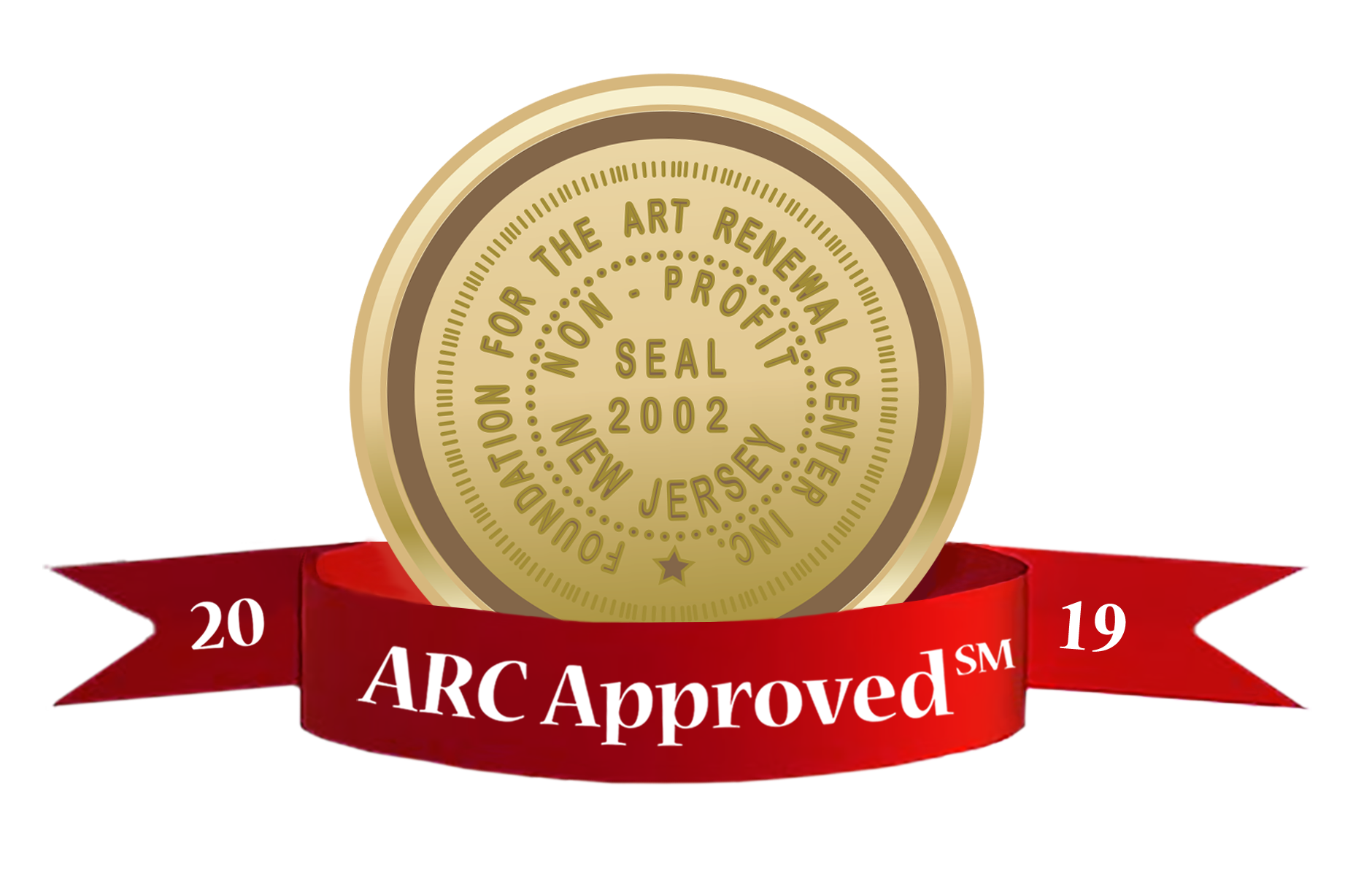Our Mission
Modeled on 19th century French atelier practices that were derived from Renaissance Masters' traditions, this proven curriculum gives students the skills needed to become professional representational artists.
This rigorous academy-style system stresses draftsmanship and traditional oil painting techniques, training graduates to confidently overcome the most difficult projects in drawing and painting. These fundamental techniques are the backbone of representational art, and equip artists to confidently direct their individual expression. Students of this time-proven system now lead successful careers as portraitists, figure artists, animators, illustrators, landscape and still-life painters and educators.
The strength of this program is it's step-by-step methodology fortified by the critical one-on-one attention paid to each individual student. This assures that important concepts are understood and internalized.
Students of any level can begin taking these classes both full time, part time, and even just one class a week.
What is an Atelier?!?
An art atelier, often simply referred to as an "atelier," is a studio or workshop where artists, typically painters or sculptors, create their works. The term "atelier" is of French origin and translates to "workshop" or "studio" in English. The concept of an art atelier has historical roots and has been a traditional and essential part of artistic training for centuries.
Here are some key aspects of an art atelier:
Learning Environment: Ateliers are known for providing a focused and immersive learning environment where aspiring artists, known as apprentices or students, work closely with a master artist. The master artist shares their expertise, techniques, and artistic philosophy with the students.
Master-Apprentice Relationship: The relationship between the master artist and the apprentices is central to the atelier tradition. The master imparts knowledge, skills, and artistic principles to the apprentices through direct, hands-on instruction. This mentoring relationship often involves one-on-one guidance and personalized feedback.
Emphasis on Classical Techniques: Many ateliers place a strong emphasis on classical artistic techniques and methods, often rooted in the traditions of realism and academic art. Students may study anatomy, composition, color theory, and other fundamental principles of art.
Longstanding Tradition: The atelier model has a long history, dating back to the Renaissance and continuing through various art movements and periods.
Live Model Sessions: Life drawing and painting from a live model are common activities in an art atelier. This practice allows students to develop their observational skills, understand human anatomy, and refine their rendering abilities.
Focus on Craftsmanship: Ateliers often prioritize craftsmanship and technical skill in art creation. Students may spend significant time perfecting their handling of materials, such as brushes, pigments, and sculpting tools.
Contemporary Ateliers: While the traditional atelier model continues to exist, there are also contemporary ateliers that may incorporate a broader range of artistic styles and approaches. Some modern ateliers adapt the traditional model to include more diverse media, conceptual art, and experimental practices.
Overall, an art atelier serves as a space where artists can not only refine their technical skills but also engage in a rich artistic dialogue, learning from the wisdom and experience of accomplished artists who serve as mentors.




